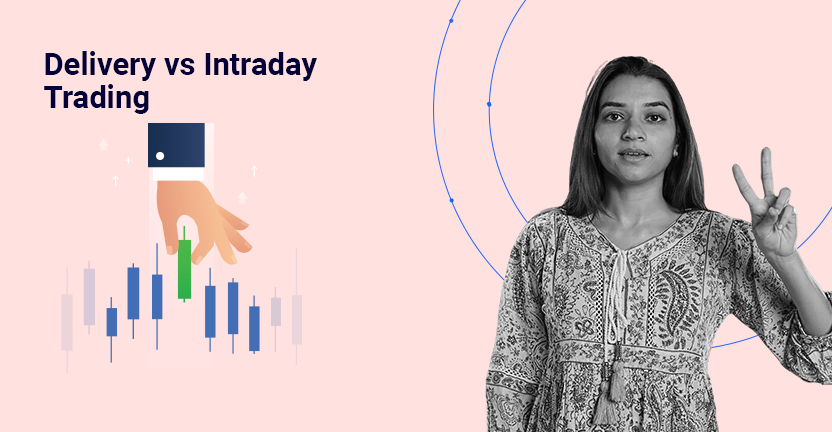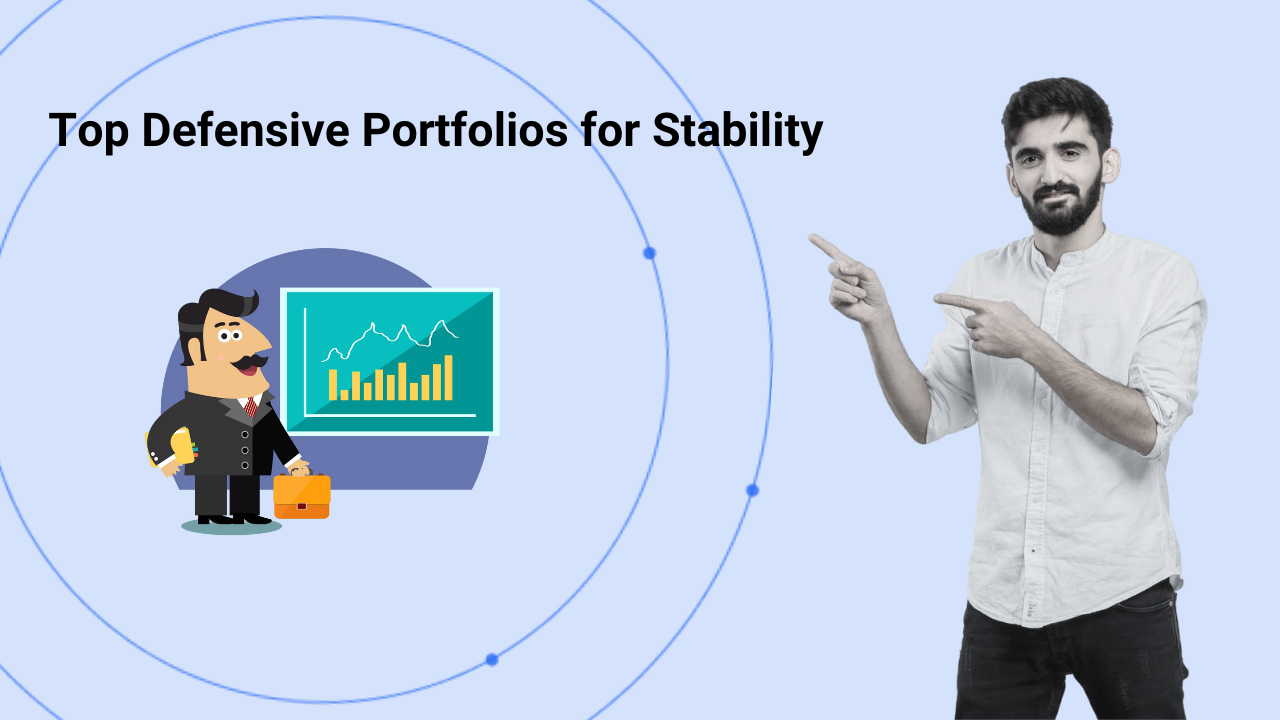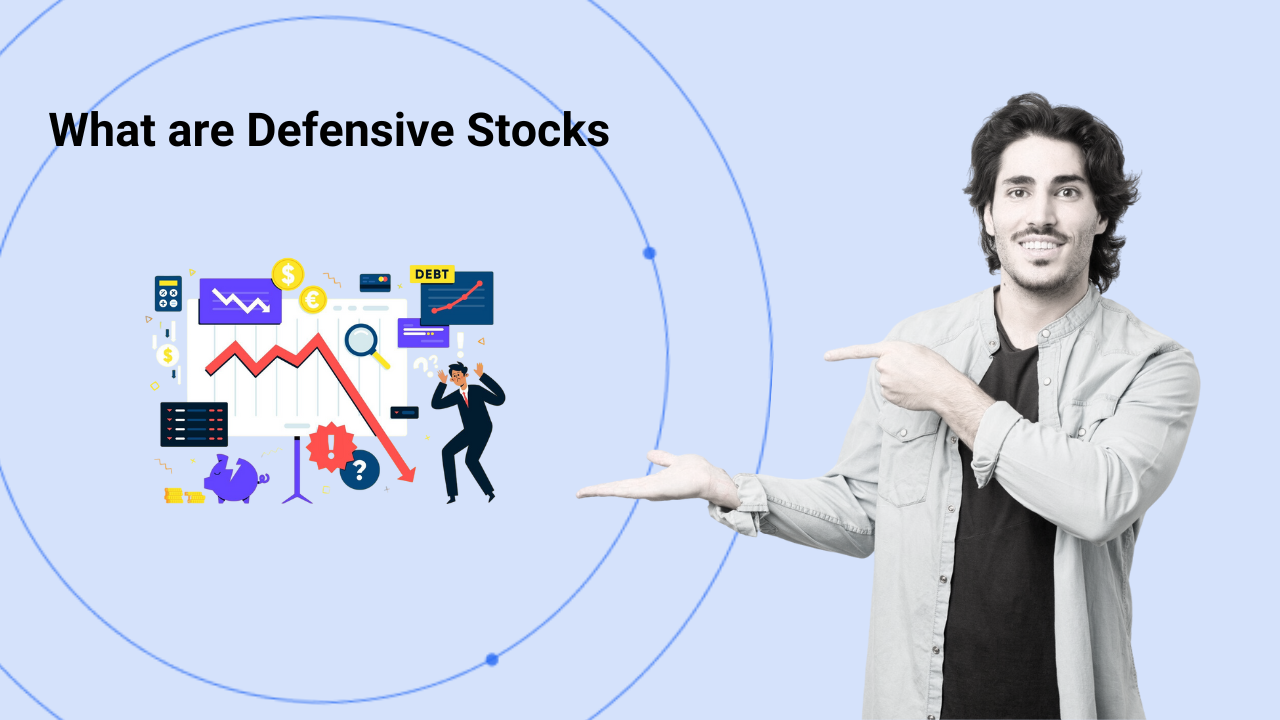Are you stepping into the world of trading but feeling unsure about where to begin? The stock market can be exciting but overwhelming, especially when deciding how to trade. Two of the most popular trading methods are Delivery Trading and Intraday Trading.
This guide is designed to help beginner traders, financial analysts, and stock market enthusiasts understand what delivery and intraday trading are.
We’ll also explore the key differences, benefits, and best practices to make educated trading decisions. But before jumping into the differences, let’s define these two trading methods.
What is Delivery Trading?
Delivery trading, also called day positional trading, involves purchasing shares and holding them for a longer period. These shares are transferred to your Demat account and remain in your possession until you decide to sell them. The timeframe for holding shares could range from days to decades, depending on your investment goals. It’s a popular approach among long-term investors who rely on fundamental analysis.
Key Features of Delivery Trading:
- No time limit to sell shares.
- Gains are realised over time through price appreciation or dividends.
- Suitable for those seeking long-term portfolio growth.
What is Intraday Trading?
Intraday trading, also called day trading, is about buying and selling shares on the same day during market hours. Here, traders aim to profit from short-term price movements within the day. At the end of the day, all open positions are squared off, and no shares are carried forward.
Key Features of Intraday Trading:
- Transactions are completed within one trading day.
- Profitability relies heavily on technical analysis and timing.
- Often involves leveraging funds for greater exposure.
What is the Difference Between Delivery and Intraday Trading?
While both trading methods involve buying and selling shares, they differ significantly in terms of objectives, risk, and trading approach.
| Aspect | Delivery Trading | Intraday Trading |
| Timeframe | Hold shares for days, months, or years. | Trades are squared off on the same day. |
| Objective | Long-term growth and dividends. | Quick gains from price fluctuations. |
| Risk Level | Lower risk due to long-term investment. | Higher risk due to market volatility. |
| Capital Requirement | Full payment for shares upfront. | Smaller initial investment due to leverage. |
| Monitoring Needs | Minimal; suitable for busy individuals. | Requires constant market monitoring. |
| Advantages | Ownership of shares, eligible for dividends. | Can profit even when stock prices fall (short selling). |
| Stress Level | Less stressful and relaxed approach. | High stress with fast-paced decision-making. |
| Returns | Returns take time and often benefit from dividends and corporate actions. | Potential for quick returns in a single day, with a higher risk of losses. |
| Transaction costs | Lower as trades are less frequent, but delivery includes costs like demat charges. | Higher due to frequent trades, including brokerage and taxes. |
| Skill requirement | Relies on fundamental analysis and long-term market knowledge. | Requires advanced technical analysis and real-time decision-making. |
Understanding these factors will help you choose a trading style that suits your goals, risk tolerance, and time availability.
Which is the Right Approach for You – Delivery or Intraday Trading?
Deciding between intraday trading and delivery trading depends on your investment objectives, risk tolerance, and overall strategy:
Intraday Trading:
- Designed for individuals who can actively monitor trades throughout the day.
- Suitable for traders comfortable with high-risk, high-reward scenarios.
- Ideal for those aiming to capitalise on short-term market fluctuations.
Delivery Trading:
- Better suited for investors focused on medium to long-term goals.
- Suitable for those looking to own shares and benefit from dividends and bonuses.
- A suitable option for investors seeking a moderate risk strategy with less frequent trade monitoring.
Final Thoughts – It’s All About What Works Best for You
Delivery and intraday trading offer unique opportunities for stock market participants. Your choice should align with your time commitment, risk appetite, and financial goals. Whether you’re in it for long-term gains or short-term profits, the key to success lies in preparation, discipline, and risk management.
At Streetgains, we empower traders and investors with well-researched insights and risk-managed trade calls that align with your financial goals.
Disclaimer:
The content in this blog is intended for informational purposes only and does not constitute investment advice, stock recommendations, or trade calls by Streetgains. The securities and examples mentioned are purely for illustration and are not recommendatory.
Investments in the securities market are subject to market risks. Please read all related documents carefully before investing.
The Difference Between Delivery and Intraday Trading Explained FAQs:
Delivery trading involves holding shares for days, months, or years. In contrast, intraday trading requires closing all positions within the same trading day.
Delivery trading requires full payment upfront and benefits from dividends. In contrast, intraday trading often uses margin and incurs higher transaction costs due to frequent trades.
Delivery trading is a lower risk due to its long-term focus. In comparison, intraday trading involves higher risk due to market volatility and leverage.
Margin is a key factor in intraday trading, allowing traders to leverage their capital. In contrast, delivery trading requires full payment for shares.
Delivery trading settles within T+2 days, transferring shares to the Demat account. Intraday trades are squared off on the same day, with no share ownership.
Delivery trading is better for beginners due to its lower risk and minimal monitoring requirements.
Delivery trading has lower costs over time but includes charges like Demat fees. Intraday trading has higher costs due to frequent transactions and brokerage fees.
Streetgains provides meaningful insights, risk-managed trade calls, and detailed market analysis to help you make informed decisions, whether you’re aiming for long-term investments or short-term gains.
FAQs:
-
1. How to earn money daily from trading?
Earning money daily from trading involves strategies like day trading, where traders capitalise on small price movements within the same day. Success requires real-time market analysis, quick decision-making, and risk management.
-
2. How to earn money from equity trading?
To earn money from equity trading, you need to buy stocks at a lower price and sell them at a higher price. Success depends on researching companies, analysing stock trends, and using technical or fundamental analysis.
-
3. How to earn money from share trading in India?
In India, share trading offers profit potential through buying and selling stocks on exchanges like the NSE and BSE. To maximise returns, traders should use market research, tools like technical analysis, and risk management strategies.
-
4. How to make money from share trading in India?
Making money from share trading involves selecting the right stocks, timing the market, and implementing trading strategies like swing trading or day trading while staying informed about market trends.
-
5. How to transfer money from a trading account to a bank account?
To transfer money from your trading account to your bank, log into your trading platform, navigate to the funds section, and initiate a withdrawal request. The money will typically be credited to your linked bank account in 1 to 3 days.
-
6. How to withdraw money from a trading account?
You can withdraw funds by logging into your trading account, selecting the withdrawal option, and selecting the amount to transfer to your bank account. Ensure your bank account is linked and follow any steps your broker requires.
Subscribe to our Credits-Based Research System:
Pay only for successful research calls!












